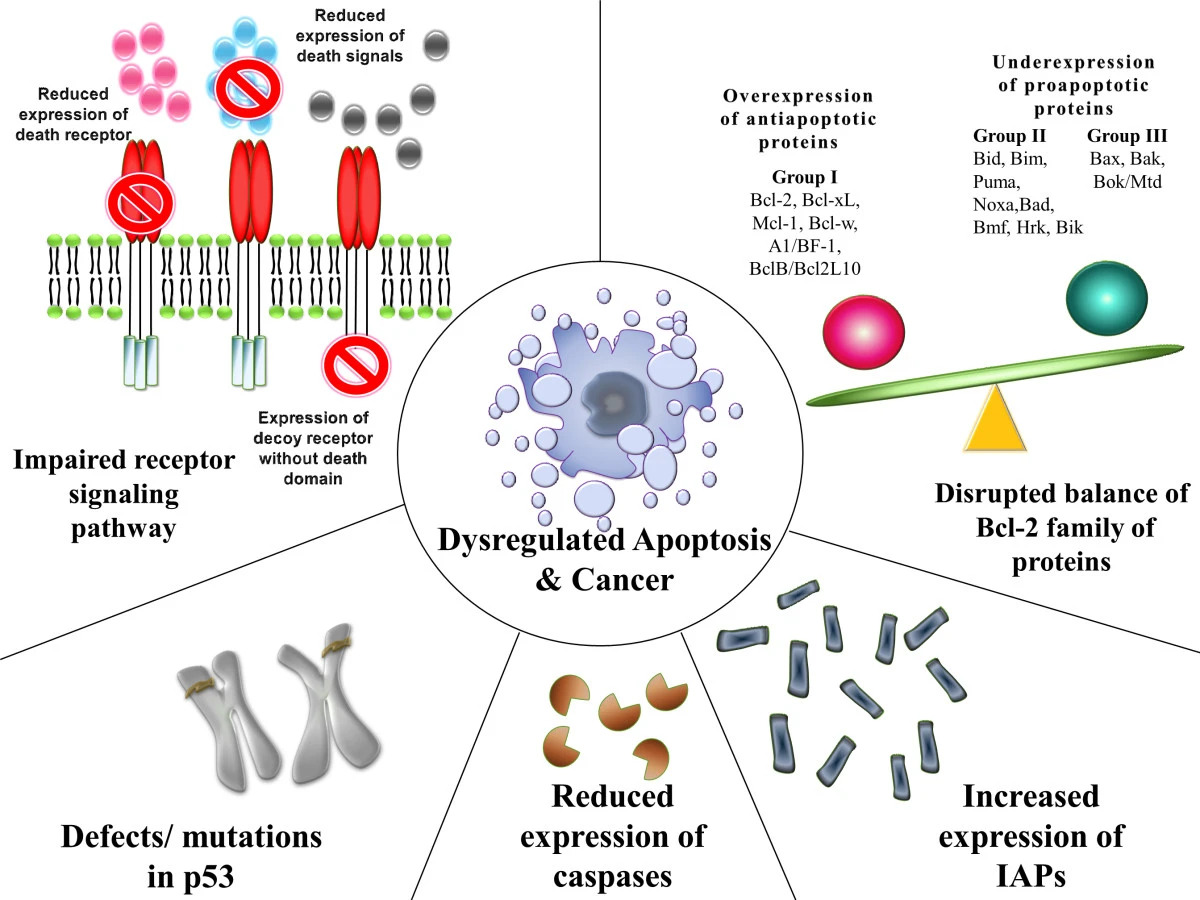Playlist
Show Playlist
Hide Playlist
Heterogeneity Within a Malignant Tumor
-
Slides CP Neoplasia Heterogeneity and cancer stem cells.pdf
-
Reference List Pathology.pdf
-
Download Lecture Overview
00:00 Okay, welcome back to the final steps of the biology of neoplasia and we're going to talk here about the fact that tumor cells are not a monolithic population of cells. That is to say they're heterogenous, they are multiple different tumor cells within any tumor mass, and talk a little bit about cancer stem cells because this becomes an interesting topic and one that may explain a number of the behaviors of cancers. Okay, with that let's go. Here's where we are on the roadmap. We finished everything else; definitions and how a cell cycle works and genetic alterations and how genetic alterations occur. Now a heterogeneity and cancer stem cells. So, let's talk about heterogeneity. Yes, they are probably driver mutations that are responsible for the initial proliferation and longevity of cells, but because there is genetic instability, that's one of the intrinsic features of malignancy. 01:00 Tumor cells actually will acquire additional mutations but it's going to be a stochastic process, it's not going to be one that just ill in one direction. So here we have some sort of transformational event that's taking our normal cell to a cancer cell. And that cancer cell will have replicative potential and it can make more of itself. Now, if we look at the bottom leg that goes down, we can see that most of the cells are the same but every now and then it will make such an egregious mutation that you cause the cell death of that cell. 01:36 Even though it's a cancer cell and it's got all the other mechanisms, it may acquire such a change that it's no longer viable. So that's the kind of the dotted open box. So that will happen. In fact, that's why cancers kind of look like a crab, you know that's why the ancients call them cancers because they thought it look like a crab. And that's because as the tumor grows say from a single look as here it grows out a clone over here, a different clone over here, this clone in the middle didn't make it but ultimately because there is this irregular growth process we have kind of a crab-like appearance. That's a side light. In any event, so if we look at the upper arm, we are growing more cells that are malignant, but every now and then they acquire a new mutation. So the ones that are originally indicated in kind of magenta color, orange color, those are going to be tumor cells that have proliferative capacity clearly and for the final product will have metastatic potential. But along the way they can also acquire mutations. That allow the tumor to grow without many growth factors. Okay, as we progress longer, some of those clones will die out again, some will be able to progress and as they progress additional mutations will occur and this one now allows the tumor to become invasive and then additional mutations allow it to not express tumor antigens or neoantigens. And so you can see that in any population of a tumor that's been growing for some time, we will have different arms of the family tree and the final product that we're looking at when we hold the cancer in our hands is very heterogenous population. Yes, there has been a clonal expansion from one rogue cell that went bad but then the many surviving cells there are many variants within there. Okay, so this is to speak to the heterogeneity of tumors and if we do single cell sequencing on tumors, they are not in general a monolithic population with one set of mutations.
About the Lecture
The lecture Heterogeneity Within a Malignant Tumor by Richard Mitchell, MD, PhD is from the course Neoplasia.
Included Quiz Questions
Compared to a tumor that has not yet acquired metastatic potential, metastatic tumors require fewer of what signals to progress?
- Growth factors
- Oncogenes
- Mutated p53
- Proto-oncogenes
- Mutated Rb
In general, what type of cells proliferate to cause cancer?
- Genetically unstable cells
- Genetically stable cells
- Homogeneous cells
- Larger than average cells
- Cells lacking reverse transcriptase
Customer reviews
5,0 of 5 stars
| 5 Stars |
|
5 |
| 4 Stars |
|
0 |
| 3 Stars |
|
0 |
| 2 Stars |
|
0 |
| 1 Star |
|
0 |




